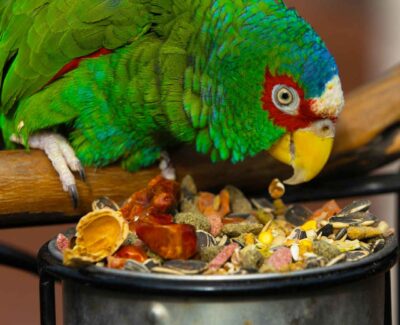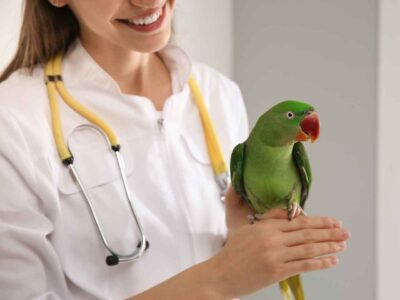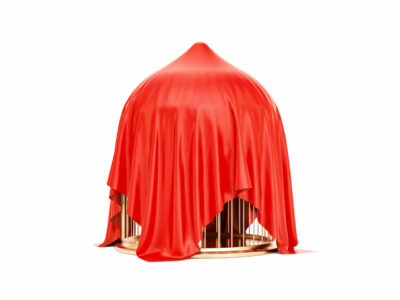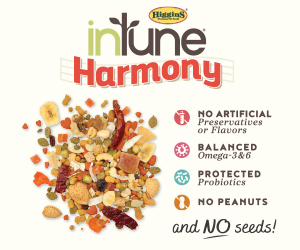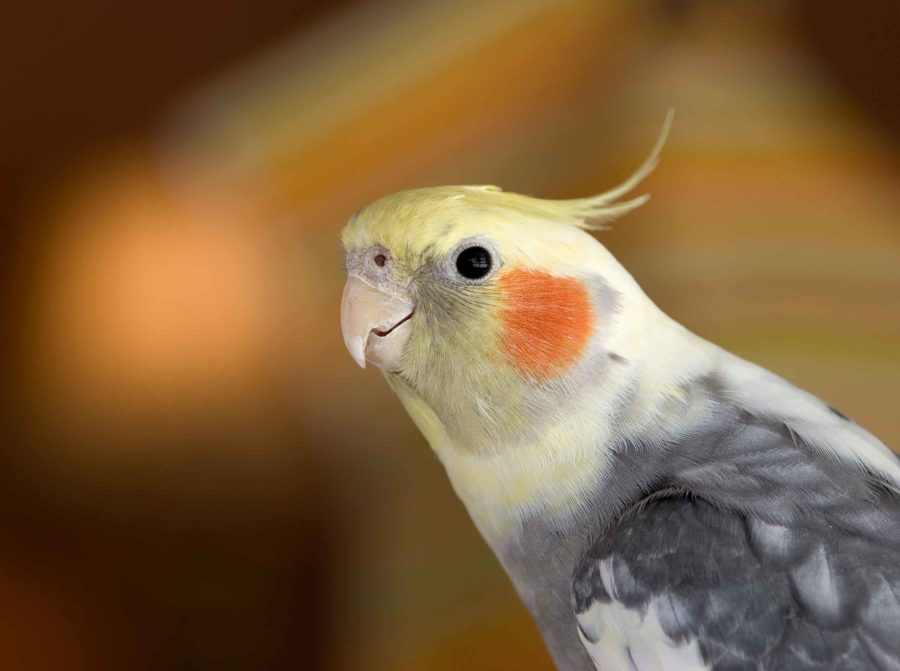
A Guide to Understanding and Caring for Your Pet Cockatiel
Easily tamed and friendly in nature, cockatiels are among the world’s most beloved types of pet birds. The smallest members of the cockatoo family, they can learn to speak and whistle but do not have the loud screeching voice commonly found in other types of cockatoos.
If you have a pet cockatiel or are thinking of adding one to your household, learning about your pet’s needs and how to properly care for them is essential for ensuring their long-term health and happiness. We’ve compiled the following guide to provide insight into the most important things that cockatiel owners should know.
What are Cockatiels?
Parrot Fun Zone provides an excellent overview of key facts about cockatiels and where they come from. Native to Australia, wild cockatiels—officially named nymphicus hollandicus—are found roaming the outback in pairs or small flocks, relocating based on the availability of food and water. However, since Australia banned the export of cockatiels in 1894, all of those found in the U.S. have been bred domestically.
In captivity, cockatiels have average lifespans of 15-20 years. They weigh approximately three ounces and reach 12-13 inches in length. With a distinctive crest of feathers atop their heads, an orange circular pattern on their cheeks, and long, slender tailfeathers, cockatiels are easy to identify. While wild cockatiels are generally gray in hue—which helps them avoid the attention of predators—those bred in captivity can display a range of color mutations, including cinnamon, lutino (white to light-yellow feathers), pearl, pied (gray to light-yellow and white), and silver.
Cockatiels have an affectionate disposition, making them great pets for bird lovers of all ages. It’s easy to discern their mood by looking at their crest feathers: if they’re standing straight up, the cockatiel is probably excited or surprised by something. If the feathers are relaxed, the bird is relaxed. And when cockatiels are angry, they will make a hissing sound and flatten their crest feathers against their head.
Caring for Your Cockatiel
Habitat
According to the Pet Advocacy Network, the key to choosing a cage for your cockatiel is to find one large enough that they’ll be able to spread their wings and move around. Keep in mind that cockatiels like to fly horizontally, so the cage should be a minimum of 24 inches in width. Ensure that the bars are no more than three-quarters of an inch apart to prevent the bird from getting its head stuck. The cage serves as a home and a “safe space” for your cockatiel, so it’s important to choose one where they can comfortably climb, flap their wings, play, eat, and rest.
Outfitting the cage with multiple perches of different textures and diameters will allow your cockatiel to properly exercise its feet. In addition, providing a variety of toys can help keep them mentally stimulated and stave off boredom, thereby reducing the risk of feather plucking and other destructive behaviors. Be sure to keep an eye on toys, perches, and other items in your cockatiel’s cage and replace them when they start to show signs of wear and tear in order to prevent injury to your bird. Rotating toys will also help to provide mental stimulation.
Given cockatiels’ social nature, their cages should be situated in rooms where they’ll be exposed to plenty of human interaction. Keep the cage away from HVAC vents, direct sunlight, and particularly stoves—if certain types of non-stick pots and pans are overheated, they may emit fumes that are highly toxic to birds. Setting the cage upon a stand can help keep your bird safe from other pets in the home, while using a cage cover at night can give them a cue that it’s time to sleep.
Diet
In the wild, cockatiels’ diets consist mainly of grains, berries, and grass seeds. To replicate this in captivity, ensure that your pet is getting a varied diet consisting of fruits and veggies (including broccoli, carrot sticks, apples, pears, and oranges with the peel on), greens (such as romaine lettuce and dandelion sprigs), seeds, and pellets, as well as fresh water daily. Foods that can be given on a limited basis include:
- Treats (not to exceed 10% of daily diet)
- Sunflower and safflower seeds
Meanwhile, be sure to avoid the following foods entirely as they can be toxic to birds:
- Avocados
- Chocolate
- Raw meat
- Raw onions
- Alcohol
For specific information on what to feed your Cockatiel, consult with your vet or advice from your local pet shop. In the cage, food and water dishes should be located above perches in order to keep them free of droppings. Be sure to thoroughly clean all dishes and feeding devices each time they are refilled.
Hygiene
Creating a clean environment for your cockatiel is essential to their health. In addition to cleaning their food and water dishes as mentioned above, be sure to spot clean their cage and accessories 2-3 times per week or as needed. Cage paper should be changed daily. At least monthly and preferably weekly, the cage will require a more thorough cleaning using a bird-safe cleaning agent.
To help your cockatiel keep themselves tidy, mist them down twice a week using a spray bottle filled with lukewarm water. You’ll also want to invest in a pair of avian nail clippers and styptic powder to trim their nails, or take them to an avian veterinarian for regular trimmings.
By staying on top of your cockatiel’s health needs and providing them with ample opportunities for play and human interaction, you can help ensure that they will enjoy a long and healthy life. Are you thinking of adding a pet bird to your home but are unsure which type may be the right fit for your lifestyle? Take our fun and informative bird quiz, or check out our fact sheets to learn more about different species!
